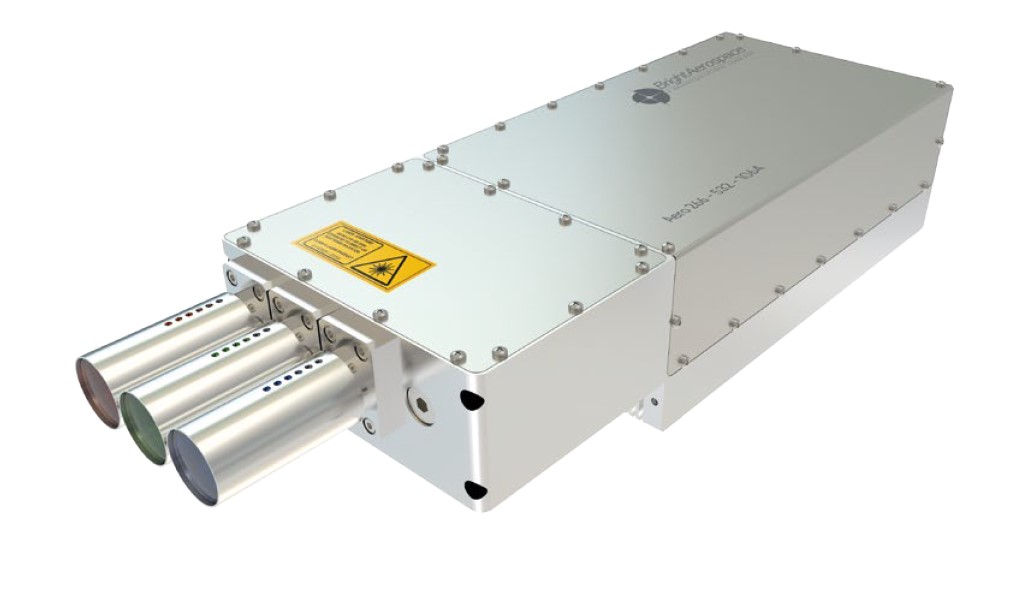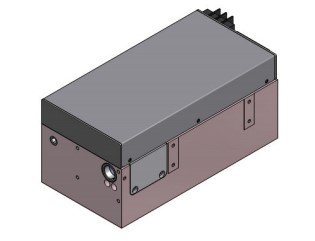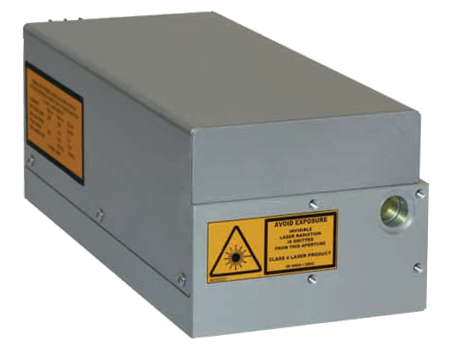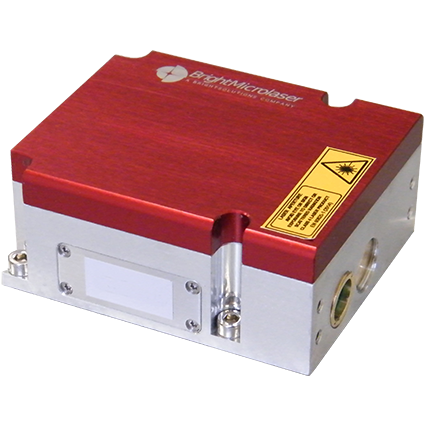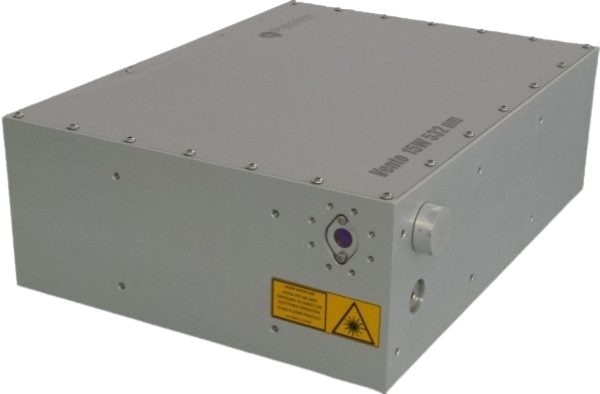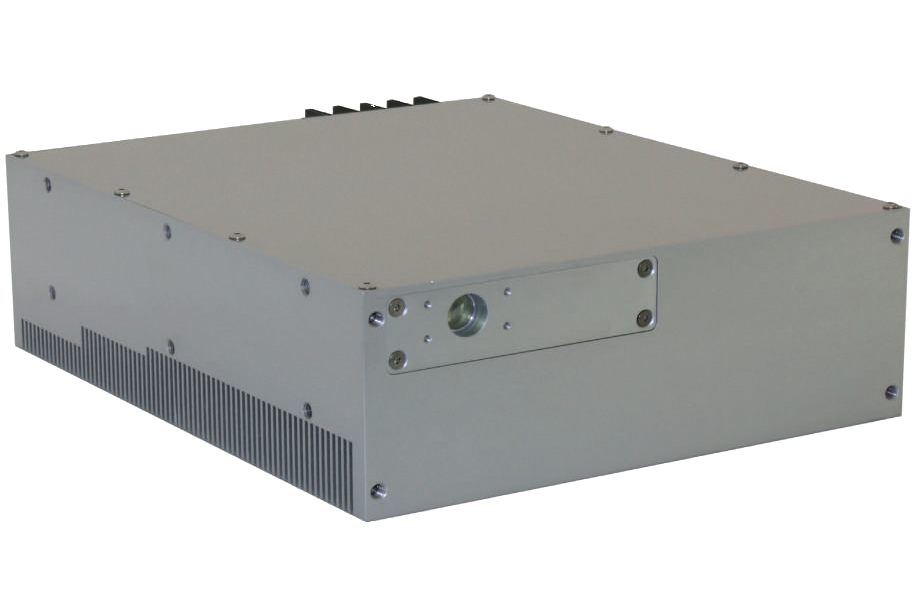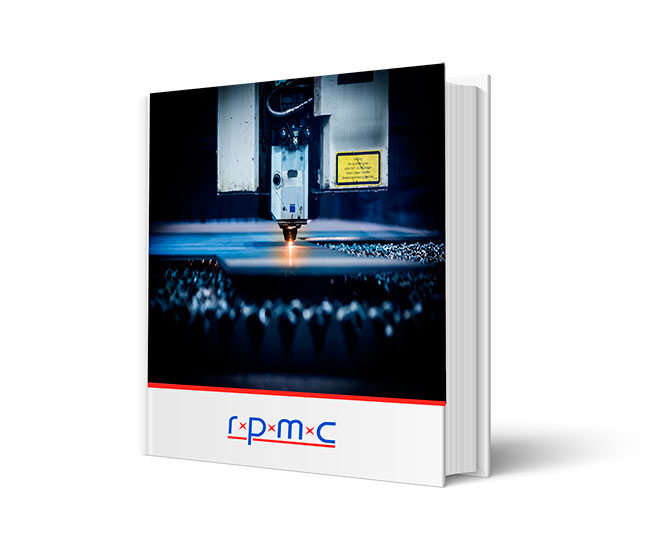Aero
DPSS Laser, ns pulsed, 266-1064nm, up to 200mJ, up to 500Hz
POPULAR CONFIGURATIONS:
Picture |
Part Number |
Part Description |
Datasheet |
|
|---|---|---|---|---|
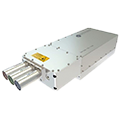
|
Aero 100mJ 1064 |
DPSS Nanosecond Laser, 1064nm, 100mJ, <20ns, up to 30Hz |
|
Get Quote |

|
Aero 50mJ 1064 |
DPSS Nanosecond Laser, 1064nm, 50mJ, <20ns, up to 100Hz |
|
Get Quote |

|
Aero 40mJ 532+1064 |
DPSS Nanosecond laser, 532nm, 40mJ, <20ns, up to 50Hz, residual 1064nm collinear beam |
|
Get Quote |

|
Aero 20mJ 532+1064 |
DPSS Nanosecond laser, 532nm, 20mJ, <20ns, up to 100Hz, residual 1064nm collinear beam |
|
Get Quote |

|
Aero 10mJ 355+532+1064 |
DPSS Nanosecond laser, 355nm, 10mJ, <20ns, up to 100Hz, residual 532 and 1064 collinear beams |
|
Get Quote |

|
Aero 20mJ 355+532+1064 |
DPSS Nanosecond laser, 355nm, 20mJ, <20ns, up to 50Hz, residual 532 and 1064 collinear beams |
|
Get Quote |

|
Aero 12 mJ 266+532+1064 |
DPSS Nanosecond laser, 266nm, 12mJ, 266nm, <20ns, 50Hz, air-cooled up to 20 Hz, water-cooled up to 50 Hz, residual 532 and 1064 beams |
|
Get Quote |

|
Aero 6mJ 266+532+1064 |
DPSS Nanosecond laser, 266nm, 12mJ, 266nm, 6mJ, 266nm, <15ns, 100Hz, air-cooled up to 50 Hz, water-cooled up to 100 Hz, residual 532 and 1064 beams |
|
Get Quote |
The Aero Series is a high-energy, nanosecond pulsed DPSS laser, available at 266, 355, 532, and 1064nm, with up to 10W output power at 1064 (up to 200 mJ with water-cooling). This series provides unparalleled precision and accuracy in even the most challenging environments, ideal for LIBS, spectroscopy, and atmospheric LIDAR applications. All models come enclosed in an air-cooled, extremely compact and ruggedized, thermo-mechanically stable, low SWaP single unit platform, with options for air- or water-cooling, a range of add-ons, and even complete customization to fit your exact needs. Upon request, customized models undergo severe vibration and qualification tests for operation in space.
We’re experts in selecting the right laser for your application!
Aero DPSS Laser Platform Examples:
Endless customization options are available. Let us know what you need!
Benefits:
- Standard & custom solutions for your application:
Select a standard configuration or work with our team to define your requirements and get exactly what you need. - Low SWaP, ruggedized & airborne-ready:
Compact, lightweight, efficient, and resistant to vibration, ideal for use in harsh environments.
Severe vibration & qualification tests for operation in space. - Conductive or water-cooling options:
Balance thermal management efficiency and total system footprint, depending on your application requirements.
- Q-switch burst mode option:
High peak power pulses in short bursts, enhancing flexibility for applications like material processing & pulsed laser deposition. - Multi-wavelength configurations:
Enables a wider range of applications and materials, providing greater flexibility & precision in processing, analysis, and research. - Beam expanding and collimating optics:
Enhances accuracy and precision of laser beam targeting and analysis, improving overall results and system flexibility. - Custom beam shaping (e.g., round or square flat-top profile):
Adapt the laser beam output to specific application requirements, improving performance and results.
Optional Add-Ons:
- Extended operating temperature range
- Beam expanding and collimating optics
- External beam separator & beam shaper
- 28 V DC input for airborne installation
- Circular polarization
- AC-DC power supply
Don’t hesitate to ask us anything!
| Wavelength (nm) | |
|---|---|
| Description | |
| Type | Pulsed DPSS Lasers, Airborne Laser, Multi Wavelength, Low SWaP, Ruggedized, High Pulse Energy, High Peak Power, Customizable |

 BUY NOW
BUY NOW 
